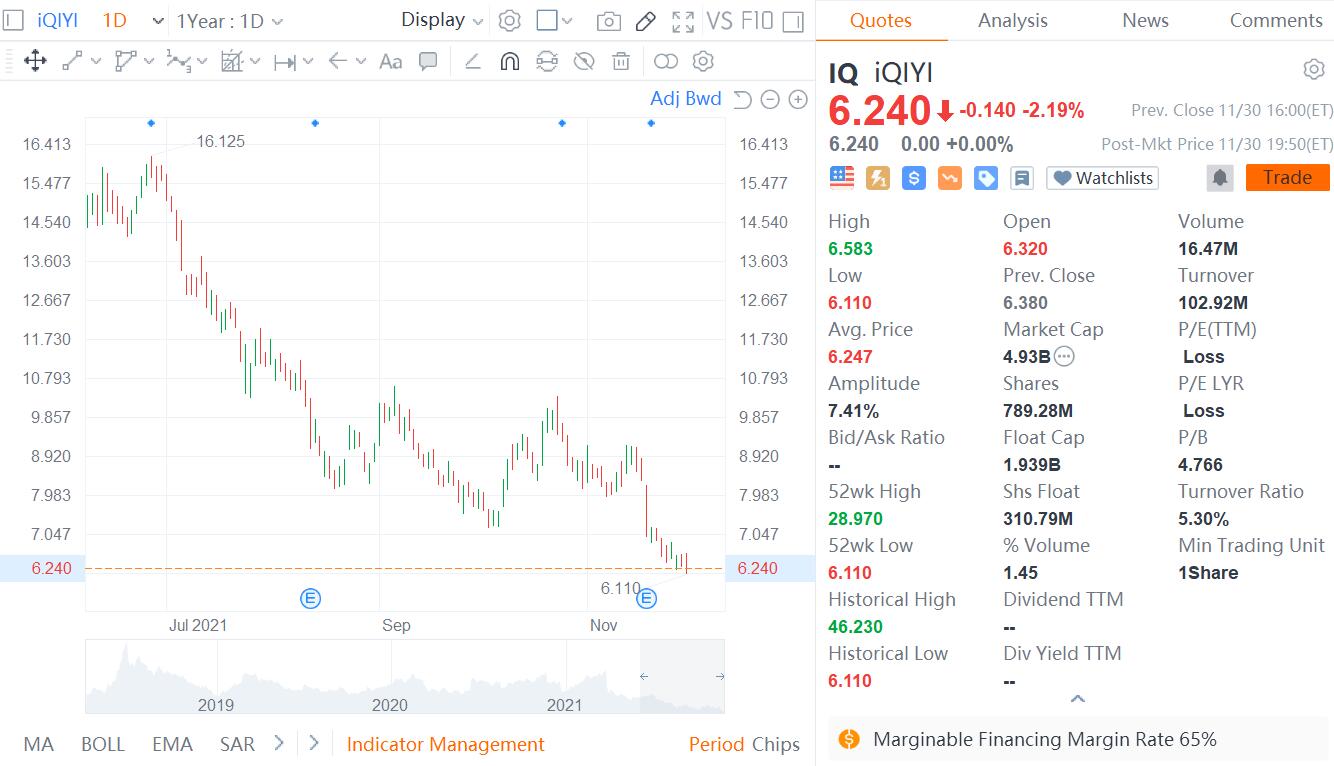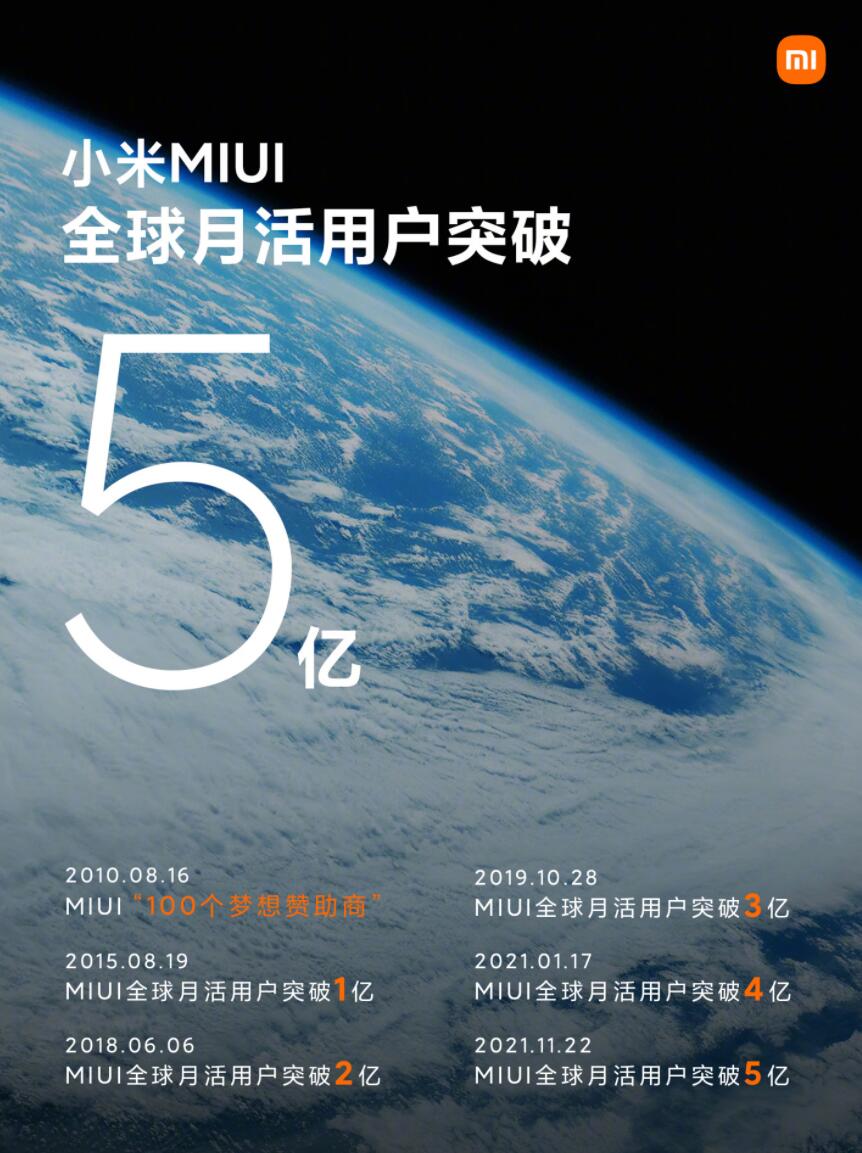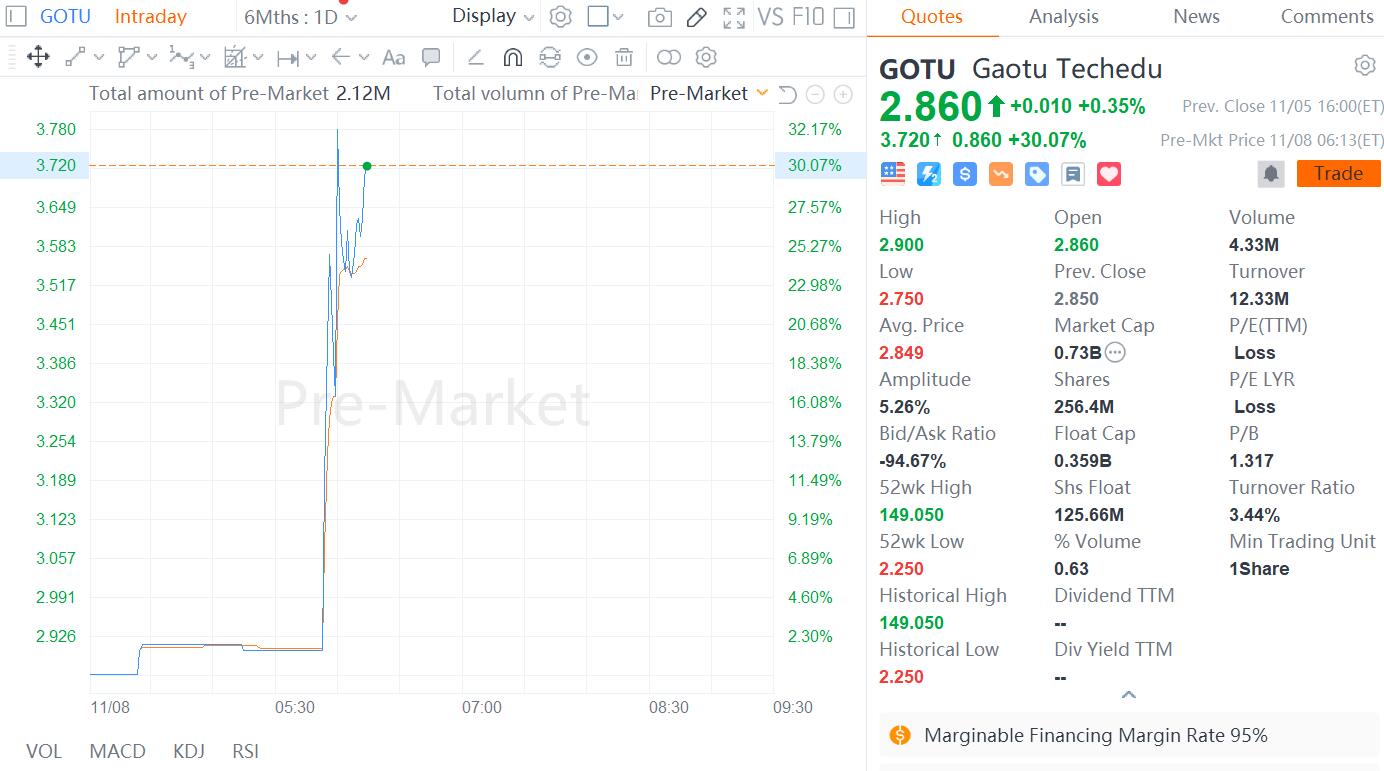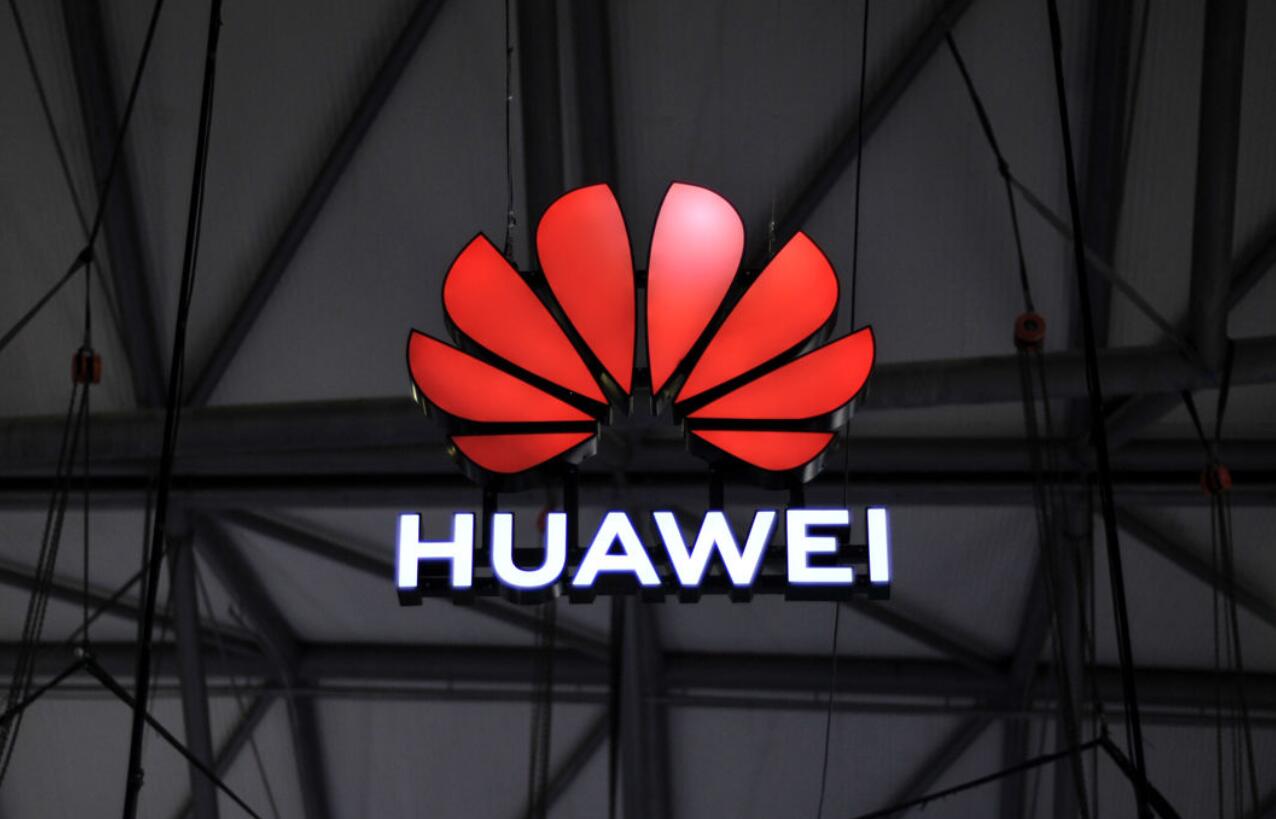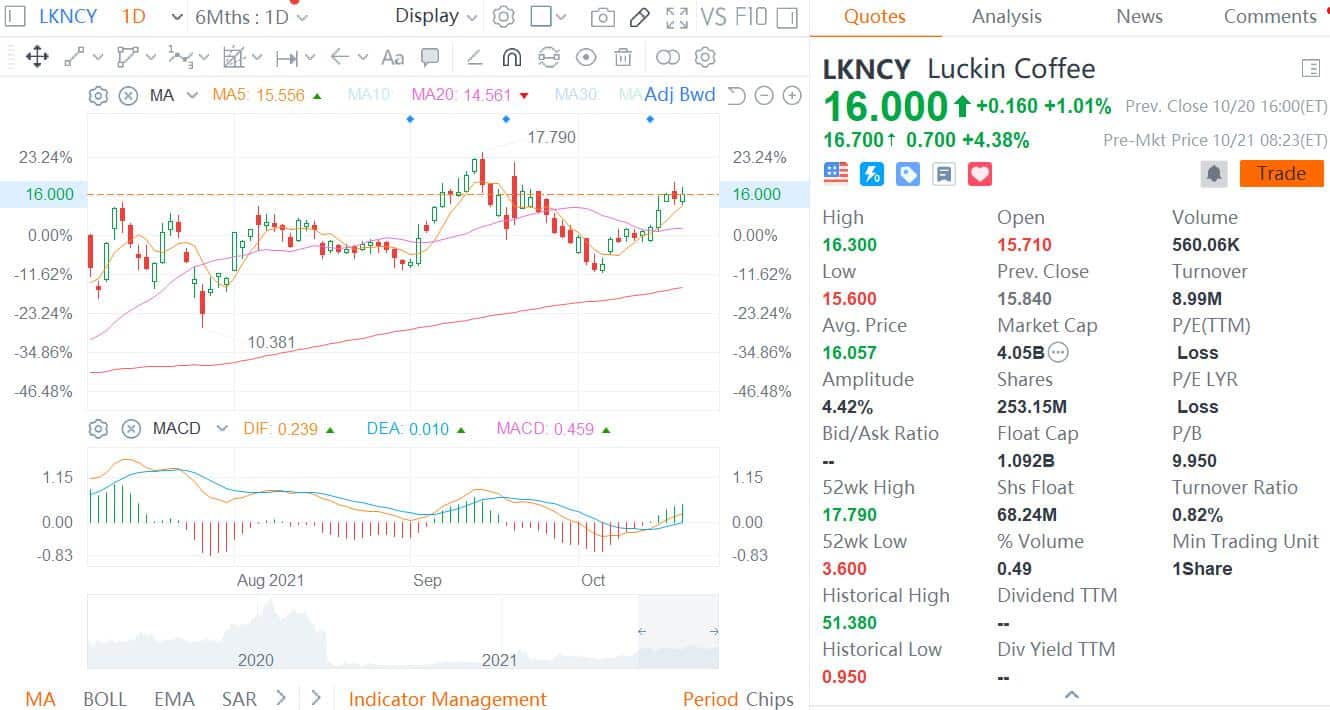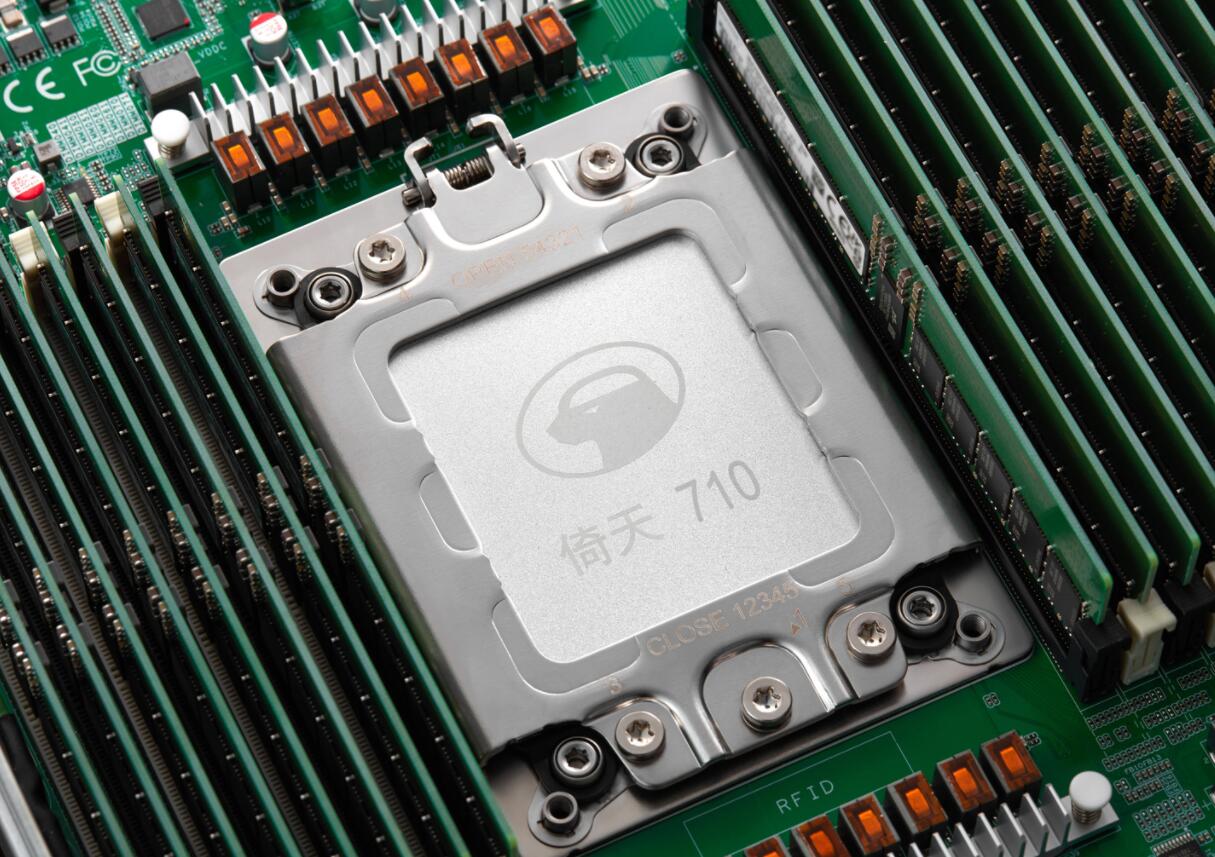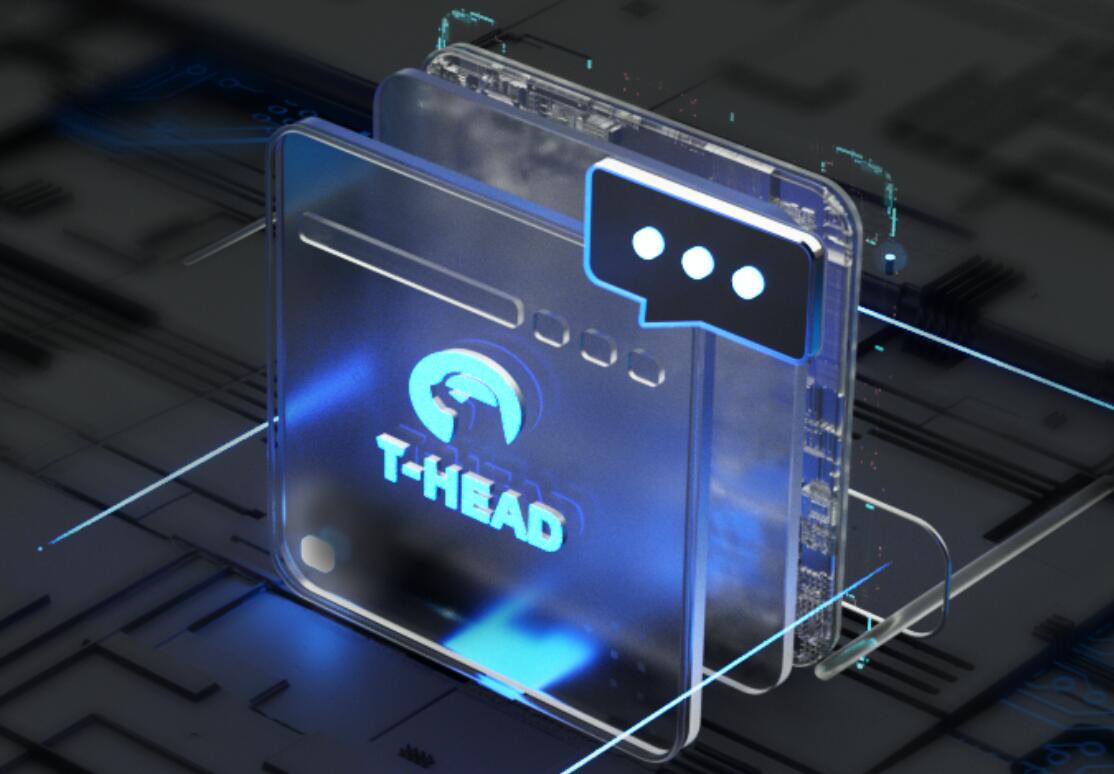MediaTek just announced the Helio P95 chipset on its website. From the naming rules, it should be positioned as an iterative upgrade of the current 4G/LTE flagship SoC.
This eight-core 2.2GHz chip also has a new generation AI processor unit (APU 2.0), which claims to improve the benchmarks of the previous generation products in the AI field.

As the company's latest 4G/LTE SoC solution, the Helio P95 has some impressive connection specifications:
Includes Wi-Fi 5/Bluetooth 5.0, Cat 12 Downlink/Cat 13 Uplink Speed, 4 x 4 MIMO, VoLTE/ViLTE, supports 71 bands and 4G dual SIM cards.
On the CPU side, the Helio P95 uses a combination of 2 × Cortex-A75 (2.2GHz) + 6 × Cortex-A55 (2.0GHz) cores.
On the GPU side, this SoC integrates Imagination PowerVR GM 94446 (specific parameters are temporarily missing) and can be used with a 2520 × 1080 display.
In addition, the AI benchmark performance is about 10% higher than the previous generation of APU 2.0. Unfortunately, in 2020, Wi-Fi 6 and 5G will become more popular. Such specifications seem a little outdated.
In terms of images, the Helio P95 supports 64MP main camera/24MP + 16MP dual camera, and the triple image processor (ISP) can cope with 14-bit RAW and AI camera enhancements.
It includes AI-NR low-light photography mode, 5-person pose tracking, multi-object and scene recognition, and an AI depth engine.
For gaming, the Helio P95 has the MediaTek HyperEngine acceleration engine, which can reduce the GPU rendering to display channel latency by up to 60%, improve power efficiency during gaming, CPU/GPU/RAM management, and enhanced base station connectivity.
Unfortunately, no OEM has announced the launch of a new smartphone based on the MTK Helio P95 platform solution.


